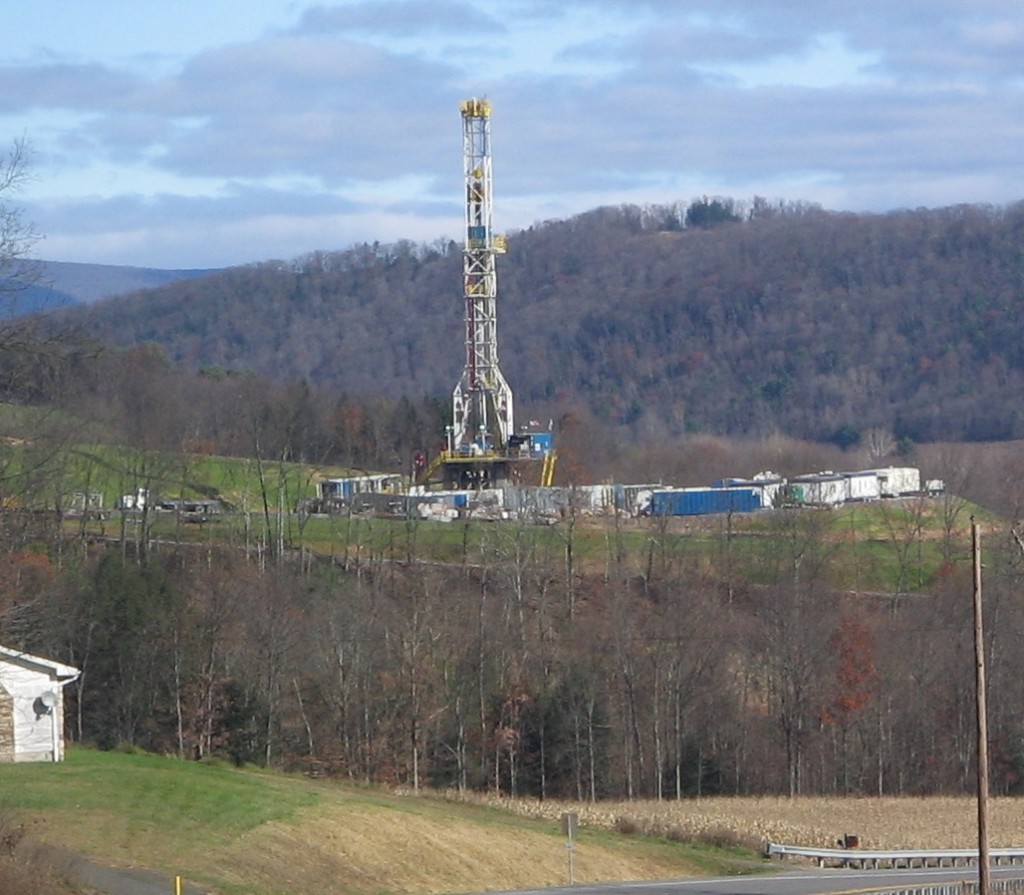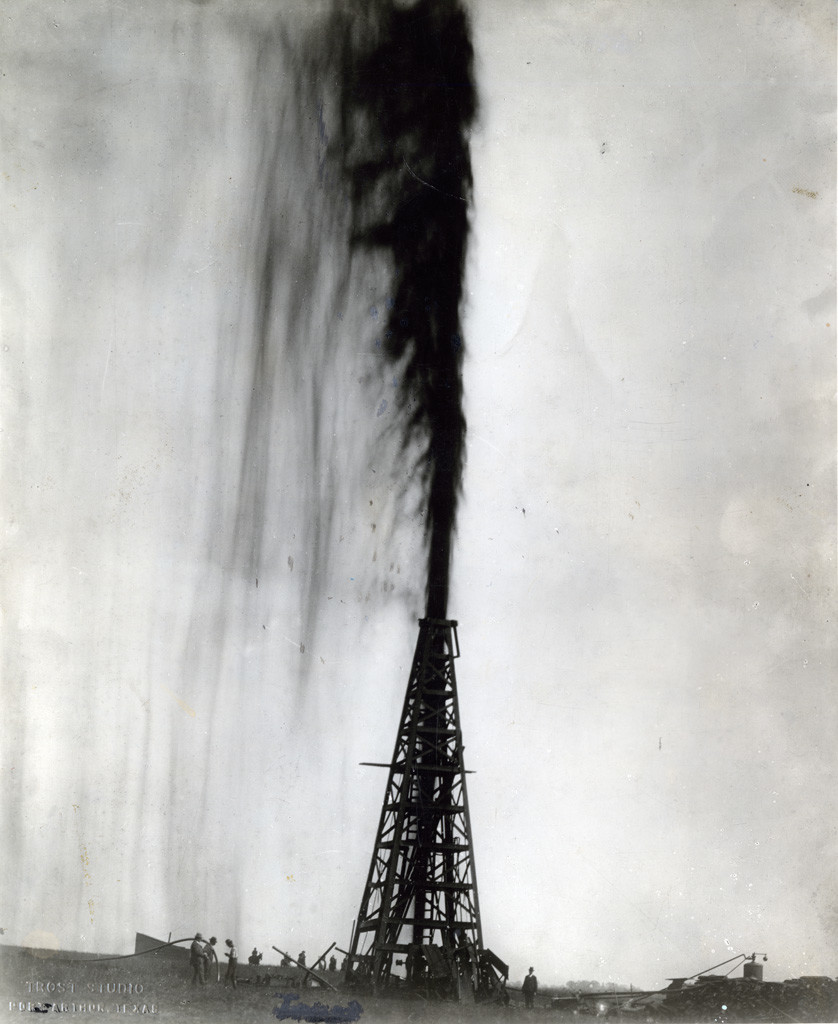Eclipse Resources holds the world record for a horizontal well at 18,500 feet. This year they plan to drill 11 extra long wells.
Longer wells have several benefits, including a better ROI for the companies, and fewer environmental burdens on the surface.
The one thing people don’t like about them is that there will be fewer workers as there will be fewer drilling rigs.
Regarding the ROI, Eclipse says it makes an ROI of about 25% on a 6,000 foot well, 67% on a 13,000 foot well, and 87% at 19,000 feet. That’s a huge jump in ROI.
It occurs to me that if the company is going to be making a lot more money per well, maybe it’s time we started tying royalty percentages to the length of the lateral. A typical negotiated lease in West Virginia provides for 15-18% royalties, with a few even higher. If the well is going to be longer than usual, say between 5000 and 10,000 feet the lease could provide for a 2% increase in royalties. If between 10,000 and 15,000 feet, 4%. And if between 15,000 feet and 20,000 feet, 6%. So a 2% increase in royalties per 5,000 feet of lateral.
Share the wealth.
This may not be terribly applicable in some parts of West Virginia. Well length and unit size are limited in Harrison County in part because there are a lot of leased properties checkerboarding the area. The company wanting to do horizontal drilling isn’t always able to get an assignment for all the tracts it wants to drill.
It’s an idea to consider, though, and should work well in the northern panhandle where all the leases are owned mainly by Southwestern.




